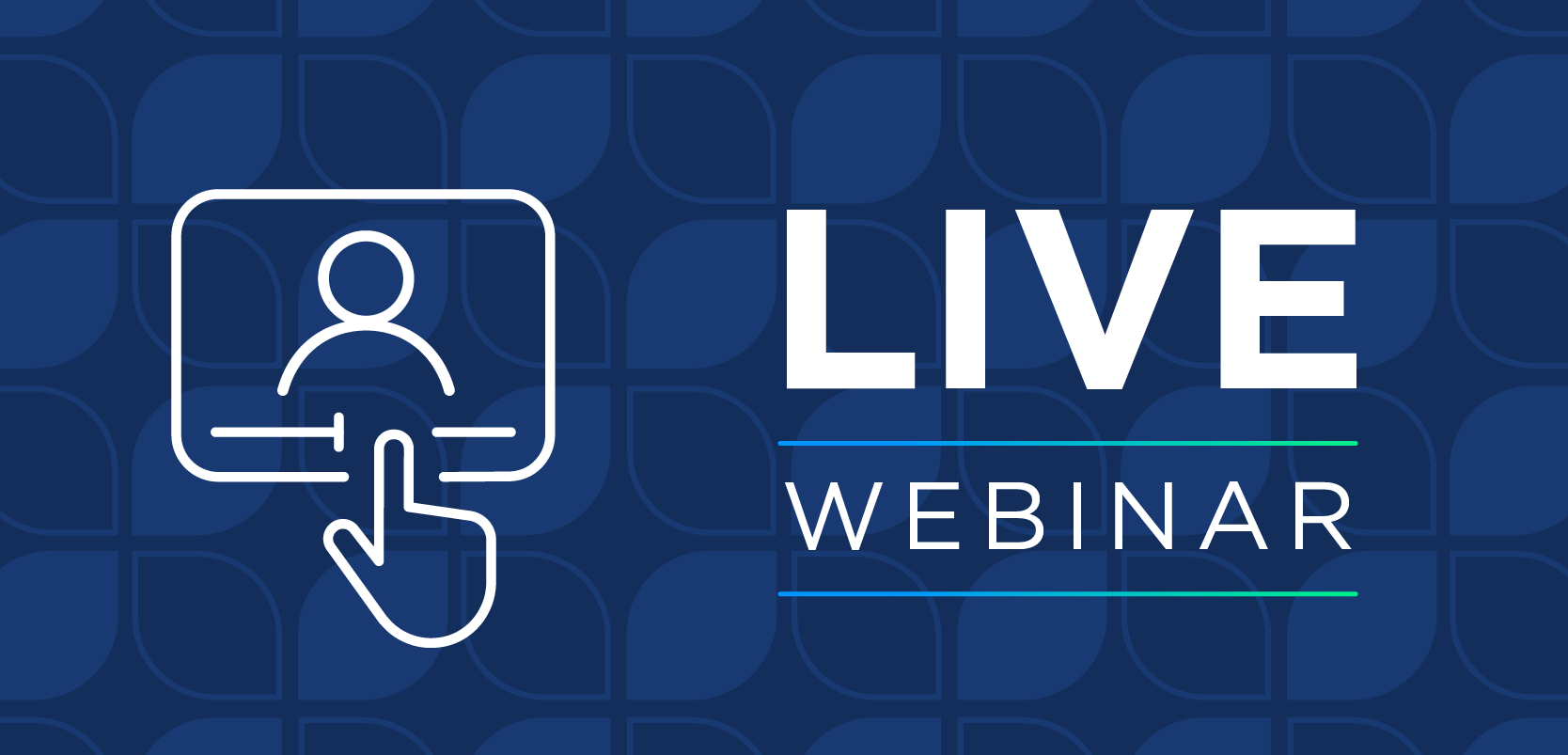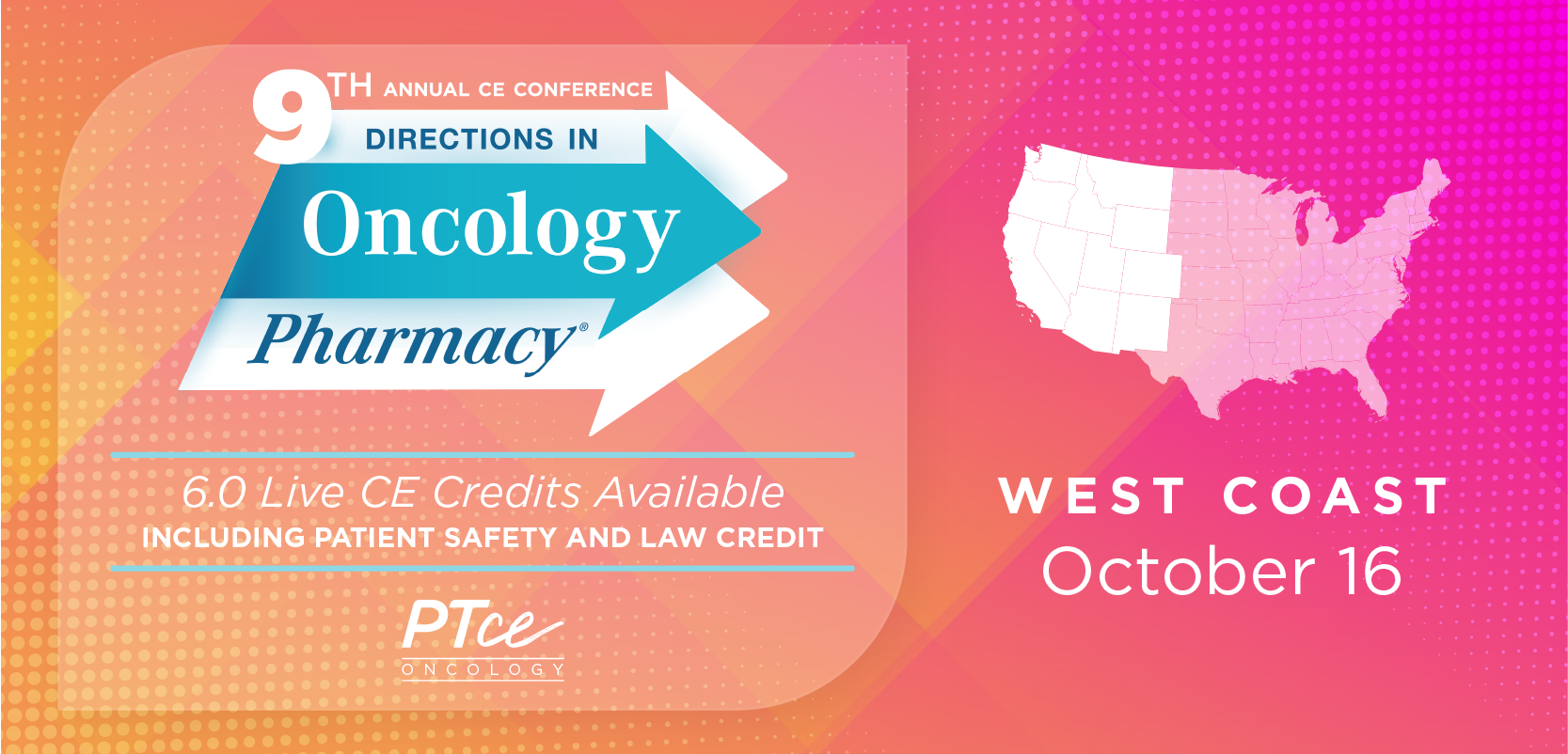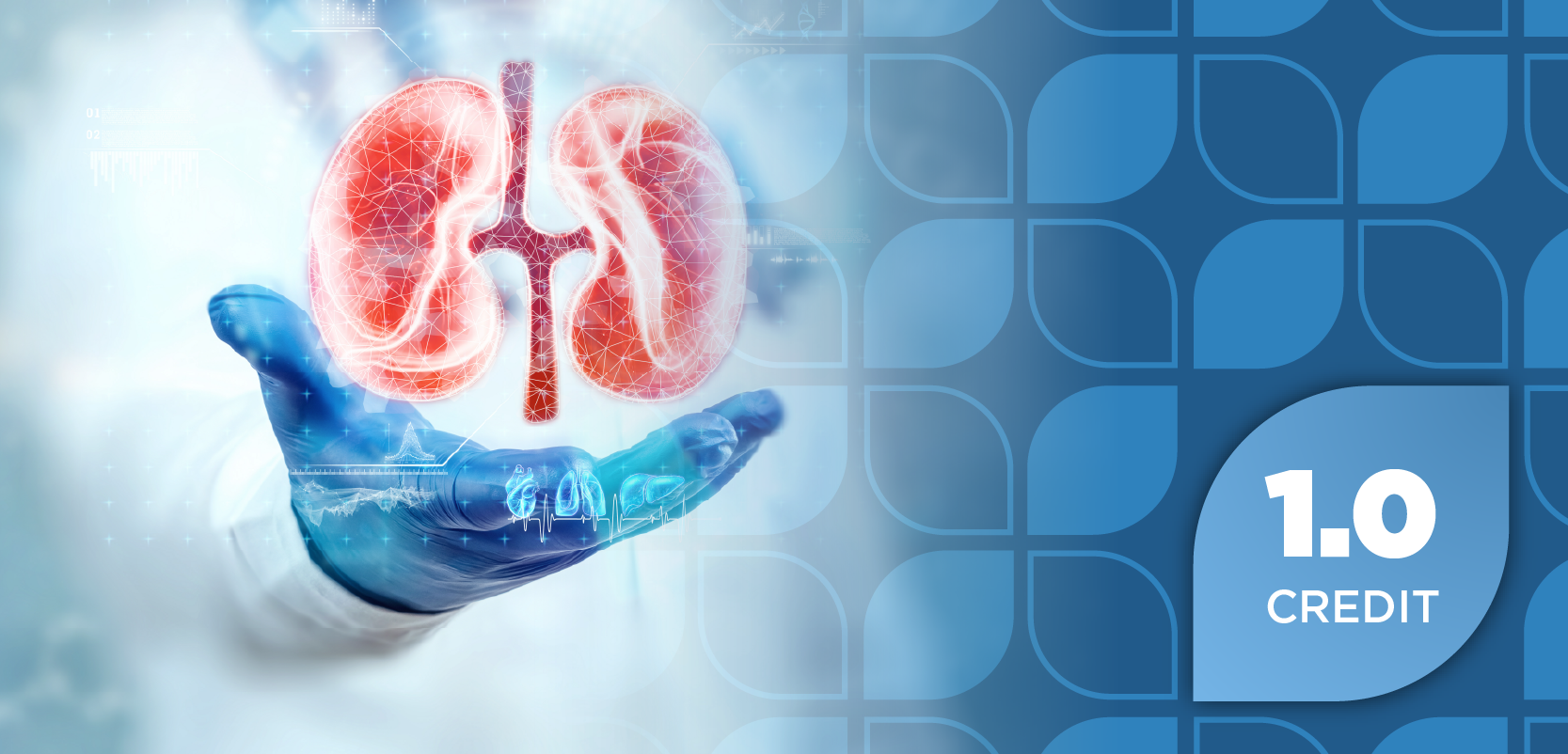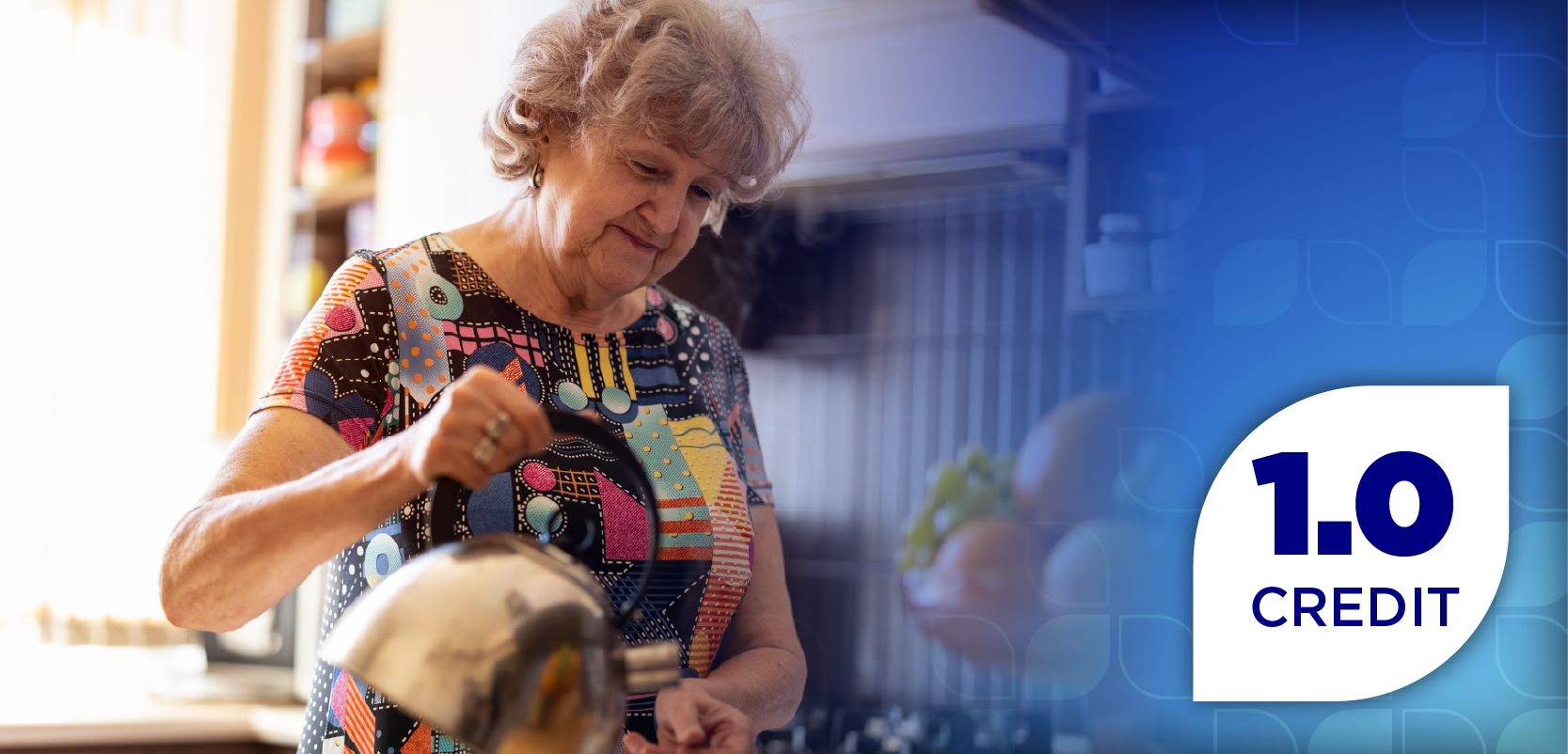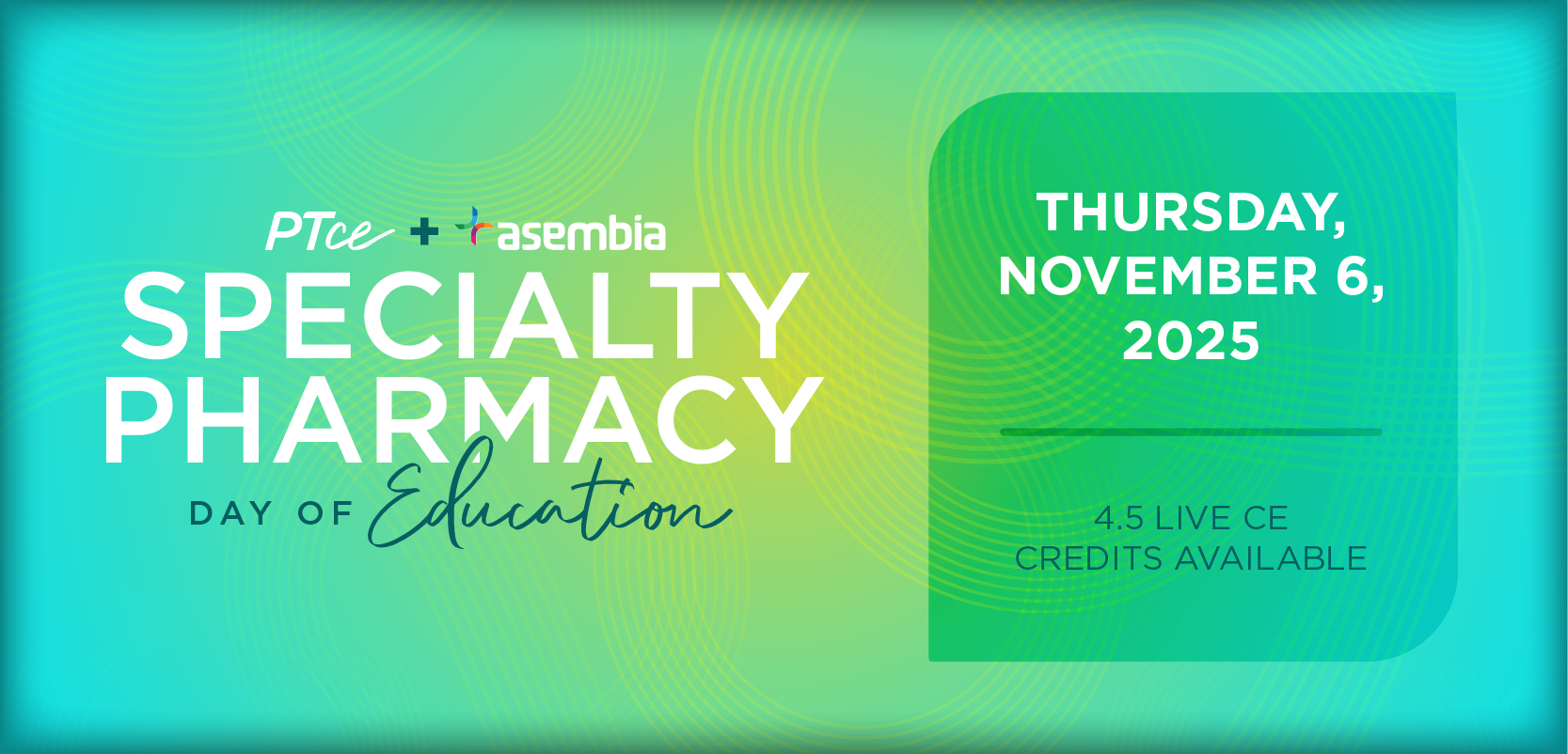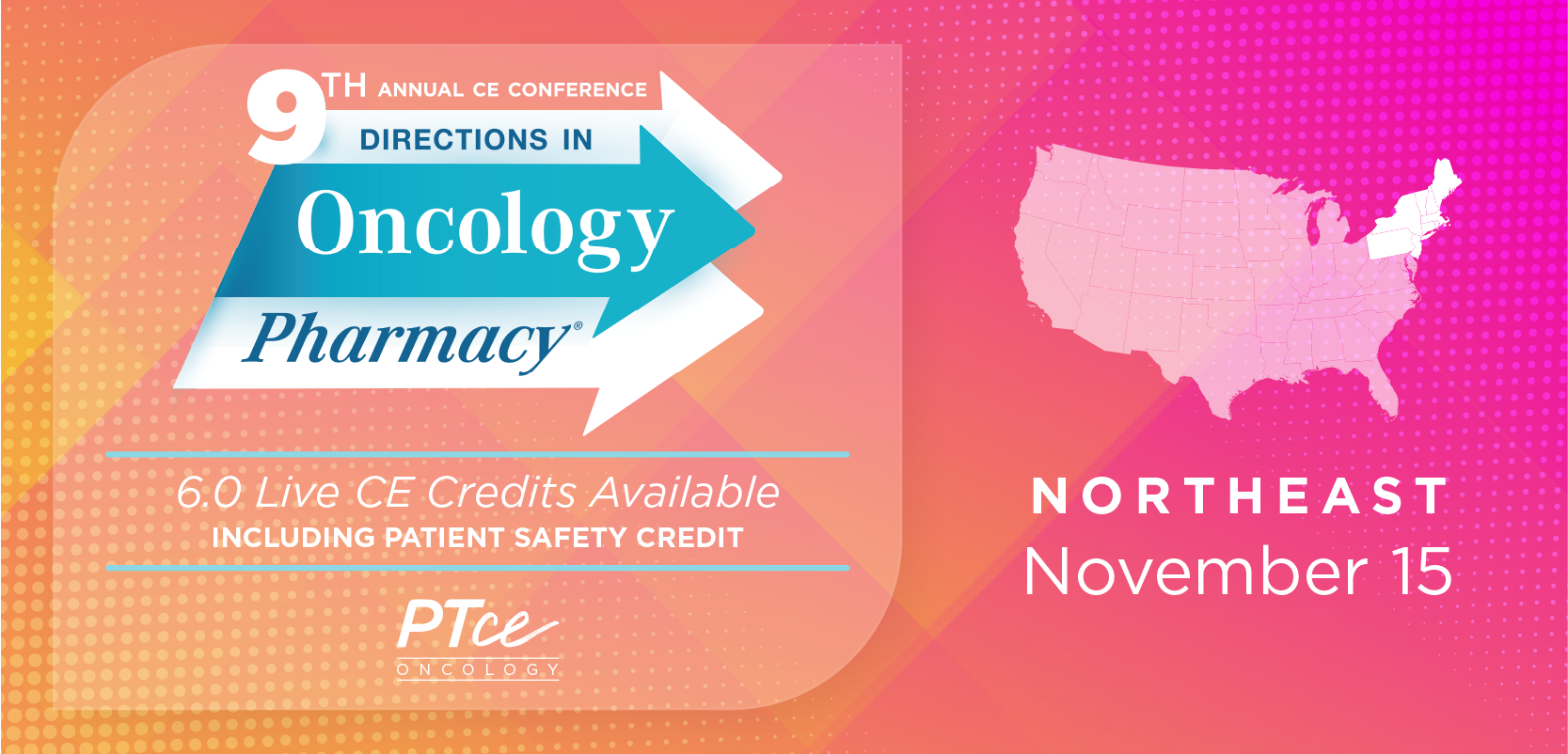
E-Prescribing Gets a Big Boost
By Kate H. Gamble, Senior Editor
After years of steady but slow growth, electronic prescribing has broken through the glass ceiling. According to a new report from Surescripts, the number of new e-prescriptions and replies to pharmacies’ electronic renewal requests grew from 190 million in 2009 to 326 million last year, marking an increase of 72%.
The report—“The National Progress Report on E-Prescribing and Interoperable Healthcare”—is the fourth in a series that tracks the status of e-prescribing adoption and use in the United States. According to Surescripts, the number of prescribers routing prescriptions electronically grew from 74,000 at the end of 2008 to 234,000 by the end of 2010, representing 34% of all office-based prescribers and 36% of office-based physicians.
The report found that e-prescribing adoption rates are highest among cardiologists (49%) and family practitioners (47%). In terms of practice size, adoption rates are highest among practices with 5 to 10 physicians (44%) and 2 to 5 physicians (42%).
“Electronic prescribing is now well on its way to becoming mainstream practice," said Harry Totonis, president and CEO of Surescripts, in a
Other highlights from the report are as follows:
- The number of electronic prescriptions in 2010 grew to 326 million up from 190 million e-prescriptions in 2009. By the end of 2010, approximately 25% of eligible prescriptions were prescribed electronically.
- In 2010, approximately twice as many patient visits to doctors’ offices included the opportunity for physicians to access a patient’s prescription benefit information and medication history in order to prescribe safer and lower cost prescriptions.
- At the end of 2010, approximately 91% of community pharmacies and 6 of the largest mail-order pharmacies in the United States were able to receive prescriptions electronically.
“The factors behind the growth in e-prescribing are serving as a model for broader adoption and use of health IT,” said Totonis. “E-prescribing has grown based on the unprecedented collaboration between the public and private sectors and the realization of tangible benefits by all participants.”
To download the report, click
Newsletter
Stay informed on drug updates, treatment guidelines, and pharmacy practice trends—subscribe to Pharmacy Times for weekly clinical insights.














